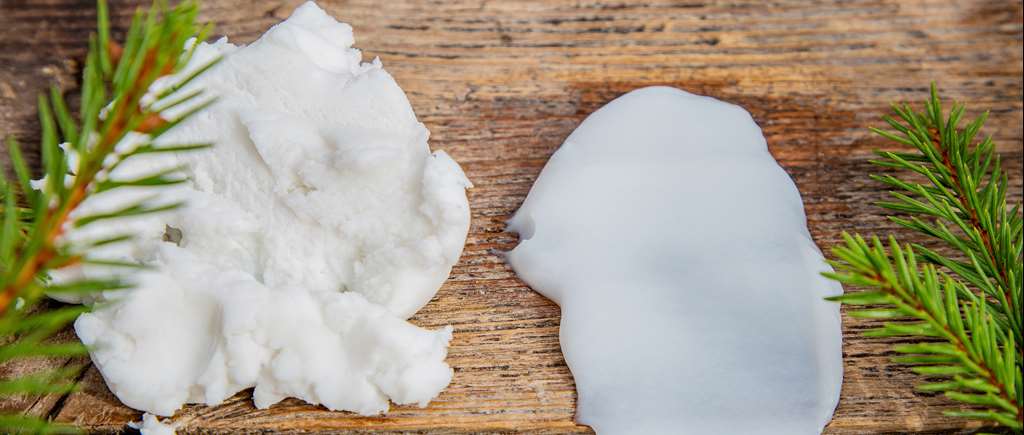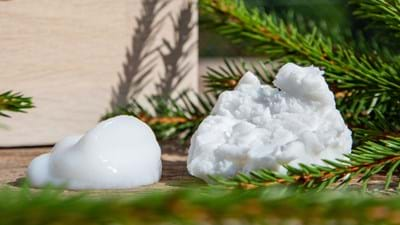Cellulose fibrils is a new type of bio-based additive, sourced from Norway Spruce in Scandinavian forests. The new-to-the-market technology is showing some clear advantages helping you out when formulating.
The many benefits our fibrillated cellulose can deliver include improved performance in anti-settling and anti-sedimentation through improved yield stress, versatility and flexibility in formulations through robustness to shear, pH and temperature, as well as improving the sustainability profile.
How does it work?
Cellulose fibril – or microfibrillated cellulose/nanocellulose – consists of an entanglement of the cellulose fibres, which has the ability to interact both physically through its extreme surface area, and chemically through hydrogen bonding. Its novel nature gives it rheological and mechanical functionalities, which as an additive, imparts a unique combination of properties in finished product systems.
As a result of the fibrillation process, many hydroxyl groups become accessible to matrix in a network, resulting in a very high water retention capability. The fibrils will also retain its crystallinity features after the production process, providing a robust product.
The field of microfibrillated cellulose (MFC) has been known since the early 1980's and has been reported several times in literature. Research on MFC has previously been confined to small laboratories and pilot plants, due to constraints in technology and production feasibility. Through its proprietary technology, Borregaard is now able to provide high quality cellulose fibrils, from its production plant in Sarpsborg, Norway.


